News

By Joel Gratz, Founding Meteorologist Posted 10 years ago January 12, 2015
REVIEW: Silverton Mountain, Colorado, in December 2014
My first visit to Silverton Mountain in southern Colorado came on a bluebird day in late December 2014. Since Silverton is a unique ski experience unlike any other mountain in Colorado (or the US?), I want to provide a quick overview of what it's like.
Here are a few main take aways, and then follow along with the captions of the 11 photos below for an overview of my day.
Take aways:
- Silverton has one lift (a slow-speed double). There are no groomed runs, and all of the "runs" are natural (trees, chutes, bowls). It's basically a backcountry skiing experience with a lift to help get you to the top of the mountain. This type of ski mountain is unique in Colorado.
- You need to carry a beacon, shovel, and probe. You don't necessarily need a lot of backcountry experience, but it would be very helpful. The patrol does do avalanche control work, so while this is not a typical backcountry skiing experience, you should still be at least somewhat knowledgable about avalanche risks and safety. This is not a mountain for beginner or intermediate skiers. That said, you don't need to be an "extreme" skier as you are not required to get air, drop off cornices, etc (at least from what I saw). But most of the mountain is steep with some tight lines in trees and chutes, so you're going to work for your skiing. No cruise-y groomers here.
- At the beginning and end of the season, Silverton offers unguided skiing where you can get on the lift and then hike or drop in wherever you want (this is what my group did). During most of January, February, and March, all skiing is guided, so you'll be with a small group and a guide. If you can, bring enough people to fill an entire group so you are in control of who is in your group and their ability level. Fewer surprises usually means a better day.
- Silverton is a fun place if you love ski culture. There's no glitz, just skiing with other people who love to ski (and ride).
- On the day I visited (December 27, 2014), I was impressed that about 30-40% of the people on the mountain were women, which is often not what I see in the backcountry. Great to see so many women shredding this steep hill!
Pictures
We drove into the town of Silverton from the south on US550. It was cold in the valley this morning, -18F to be exact. But the clear skies promised a nice bump in temperatures when the sun reached the mountain. And speaking of which, to reach the mountain, you travel through town and then drive another 6 miles to the north.
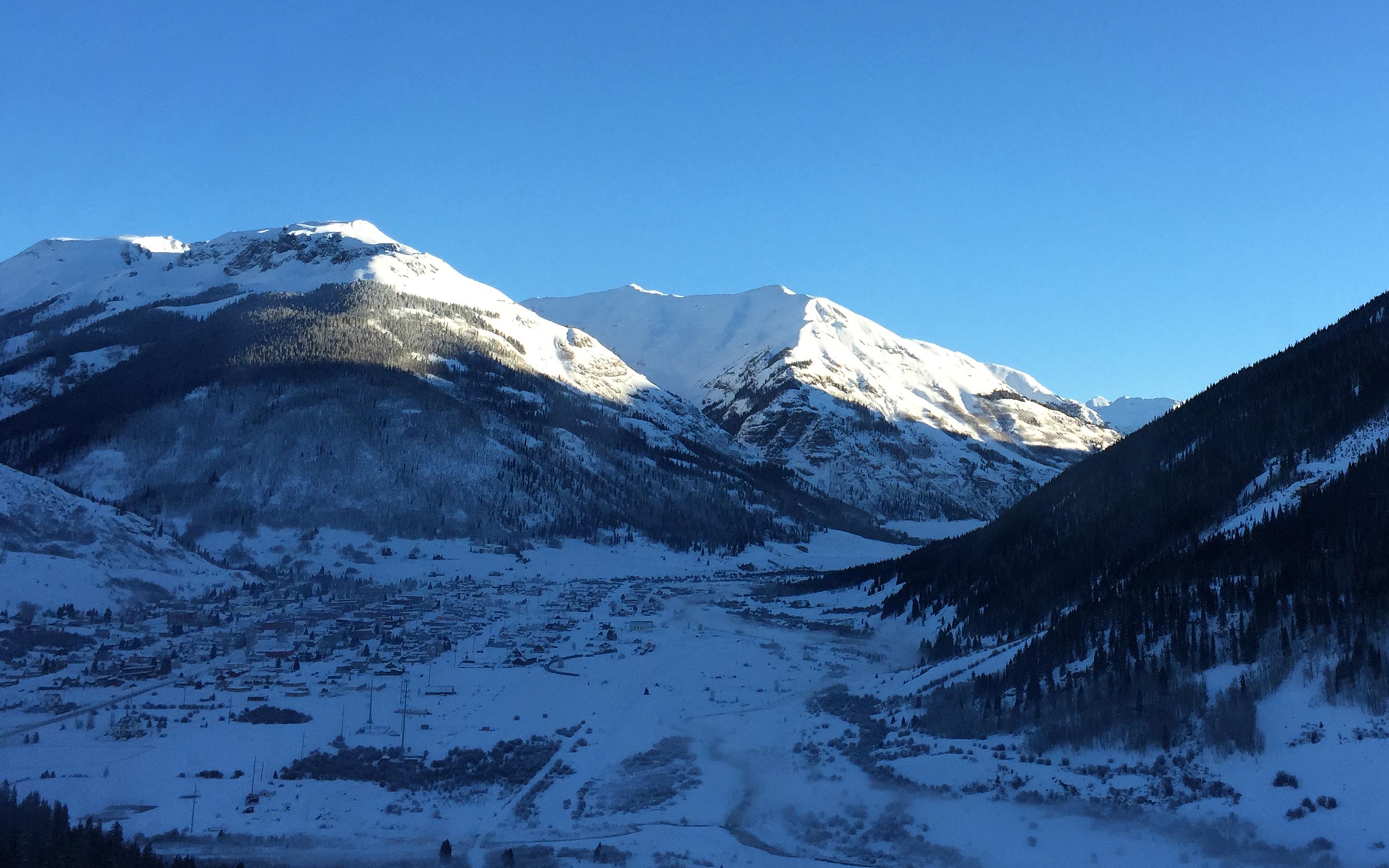
After getting our lift tickets and waiting at the base for a while as the old double chair worked through the crowd of people, we reached the top of the lift, hiked about five minutes, and then looked down into Cabin, which is this bowl facing north east. My girlfriend's brother-in-law (red jacket with black vest) is very familiar with the mountain and showed us around.

Looking back up at our tracks on Cabin. It was my favorite run of the day. I love open terrain with a moderate pitch (30-35 degrees).

The bottom of the Cabin bowl narrows into a small choke (not scary, but required a bit of negotiating of exposed rock as coverage was still a bit thin). Then below the choke there was a bit more skiing in an open area, then we came upon this stream crossing. Not your typical ski area, right? Sporty!
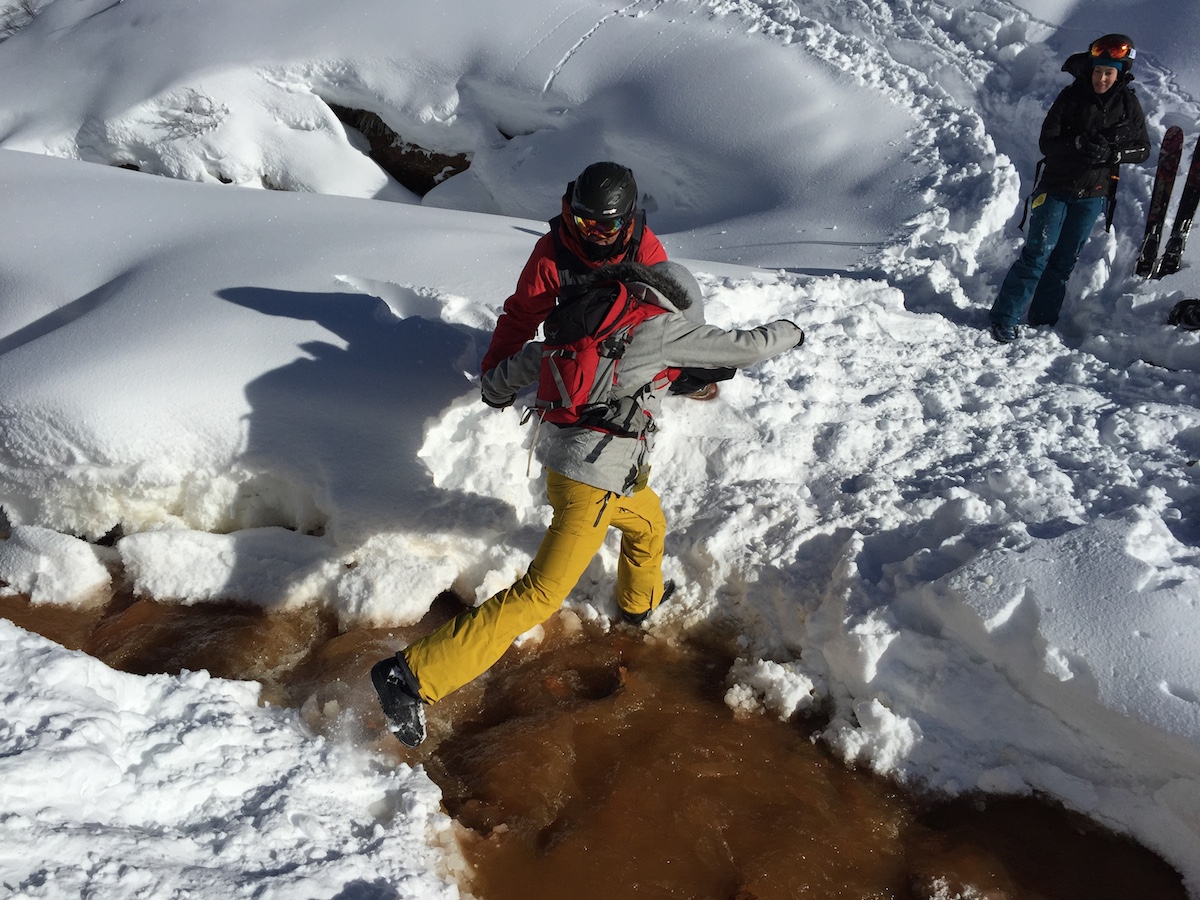
After crossing the stream, we put our skis back on, headed down a groomed traverse, and arrived at the bus stop where a few other folks were waiting.

We waited for about five minutes for the bus, and then it took the bus about five-minutes to get back to the base of the lift. Most people had what used to be considered fat skis, but are now just the norm when it comes to skiing powder. Wider is fun!
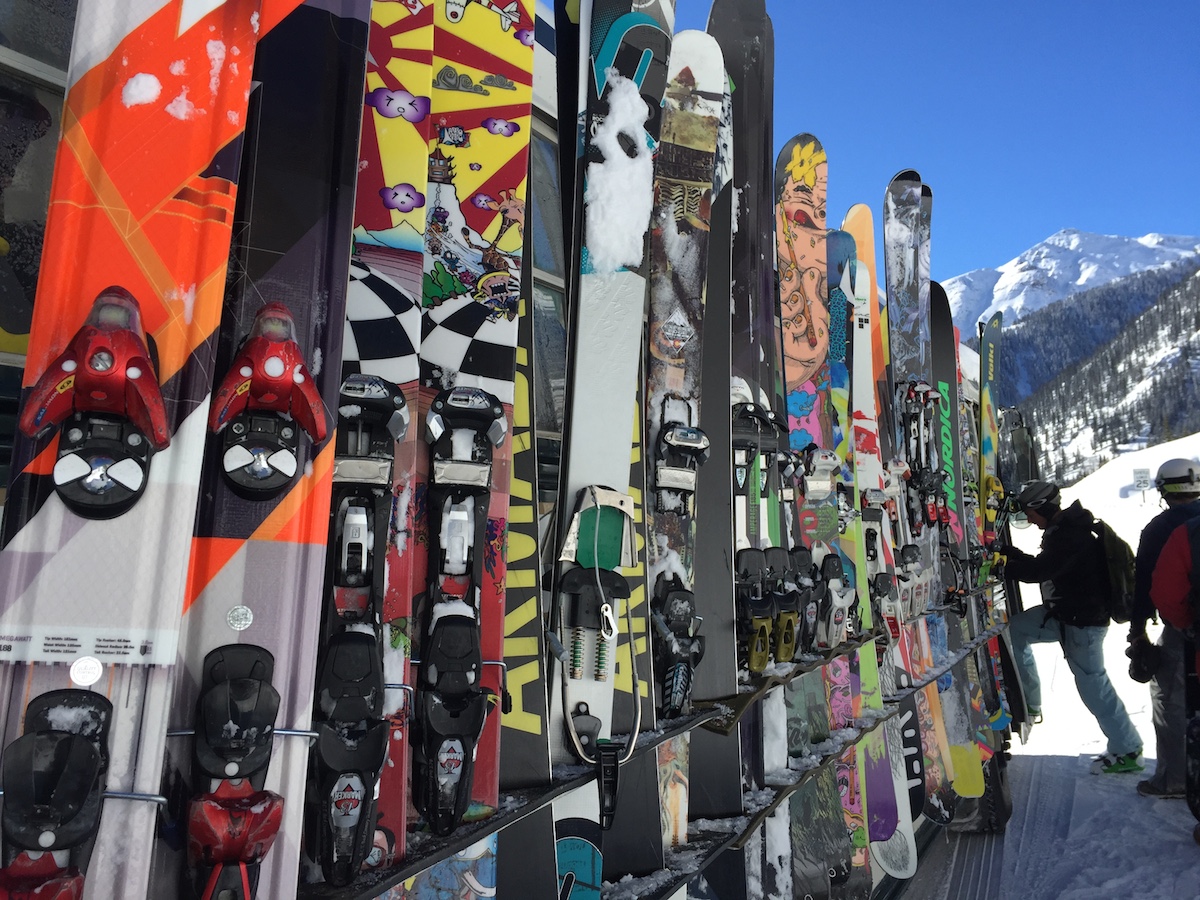
Our next run was to skier's right of the liftline, through some tight trees. It was a little tight for my tastes. With a few more feet of snow covering some of the downed limbs and stumps, this run would likely feel more open during the middle of the season.
Then for our third run we went back to the top of the lift, hiked about five minutes, and dropped into a run called Colorado. The top part of the run was semi-open trees, and then the lower section narrowed into a wide-ish gully. This is what you'll find at the bottom of many runs as wider slopes turn into narrower gullies. You'll notice a lot of tracks in the picture below ... there were a lot of people on this unguided day, and as humans do, they found most areas of untracked snow (at least in areas that were within a few minute hike of the lift).
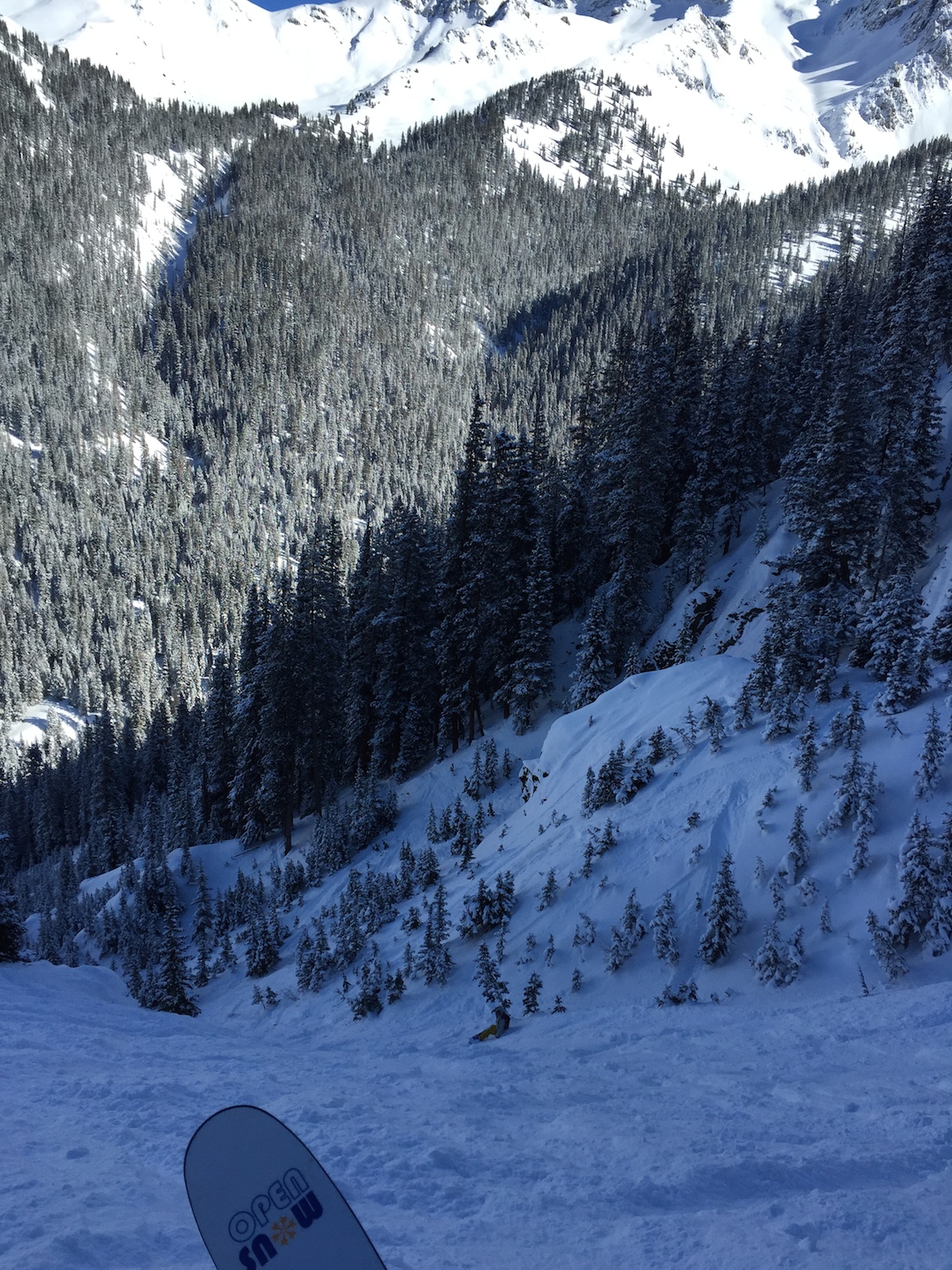
Before our next run, we spent some time at the top of the lift looking east across the valley to the next ridge. You'll notice a triggered avalanche from the ski patrol's morning work. Once the ski patrol completed their avalanche mitigation work, folks could pay extra to get a 1-minute helicopter "bump" across the valley to the ridge and ski the untracked snow down to the valley below, a run of about 1,000-1,500 vertical feet. We didn't get in the heli, but the fresh tracks from folks who did looked mighty fine.
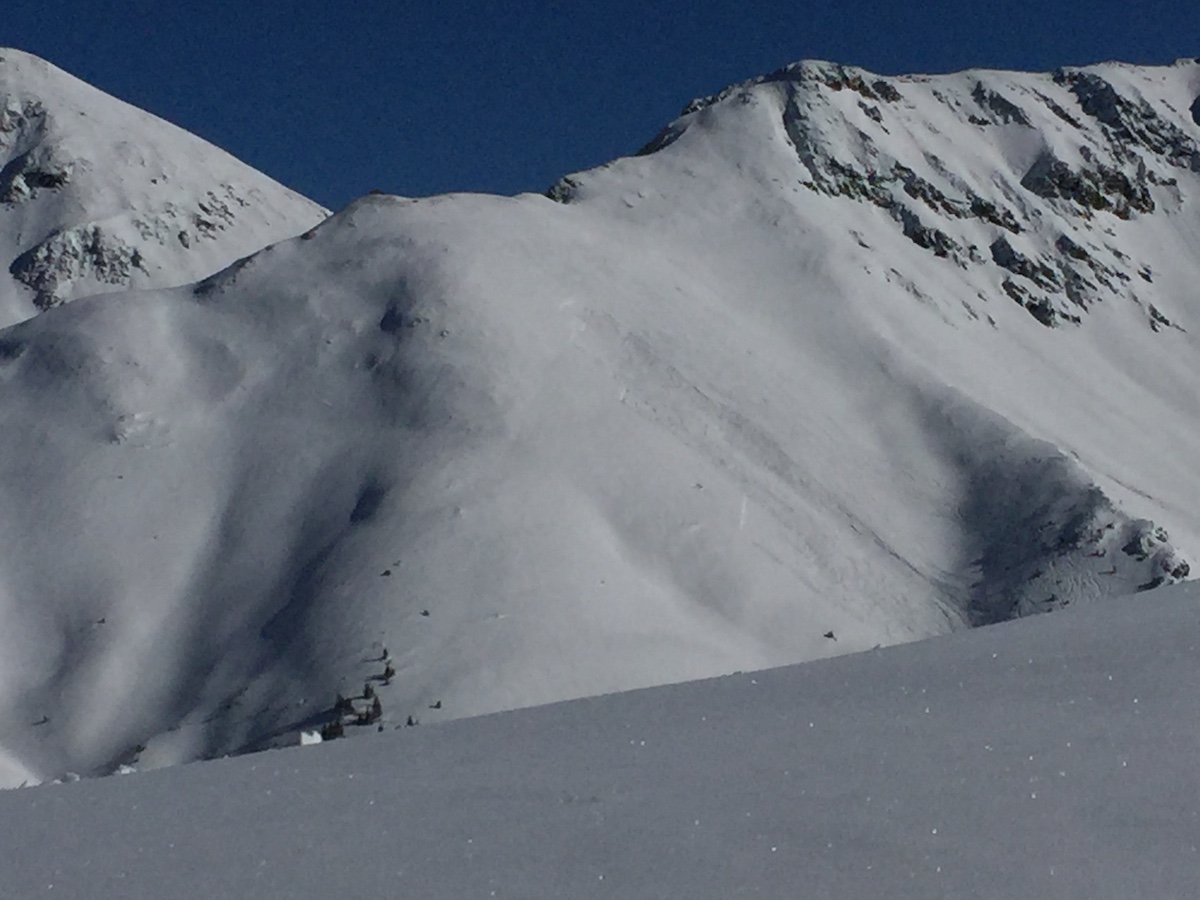
Our last run of the day was down a chute to skier's left of the lift line, which was about 1,800 vertical feet of pretty steep, chalky and grippy snow. It was a leg burner.
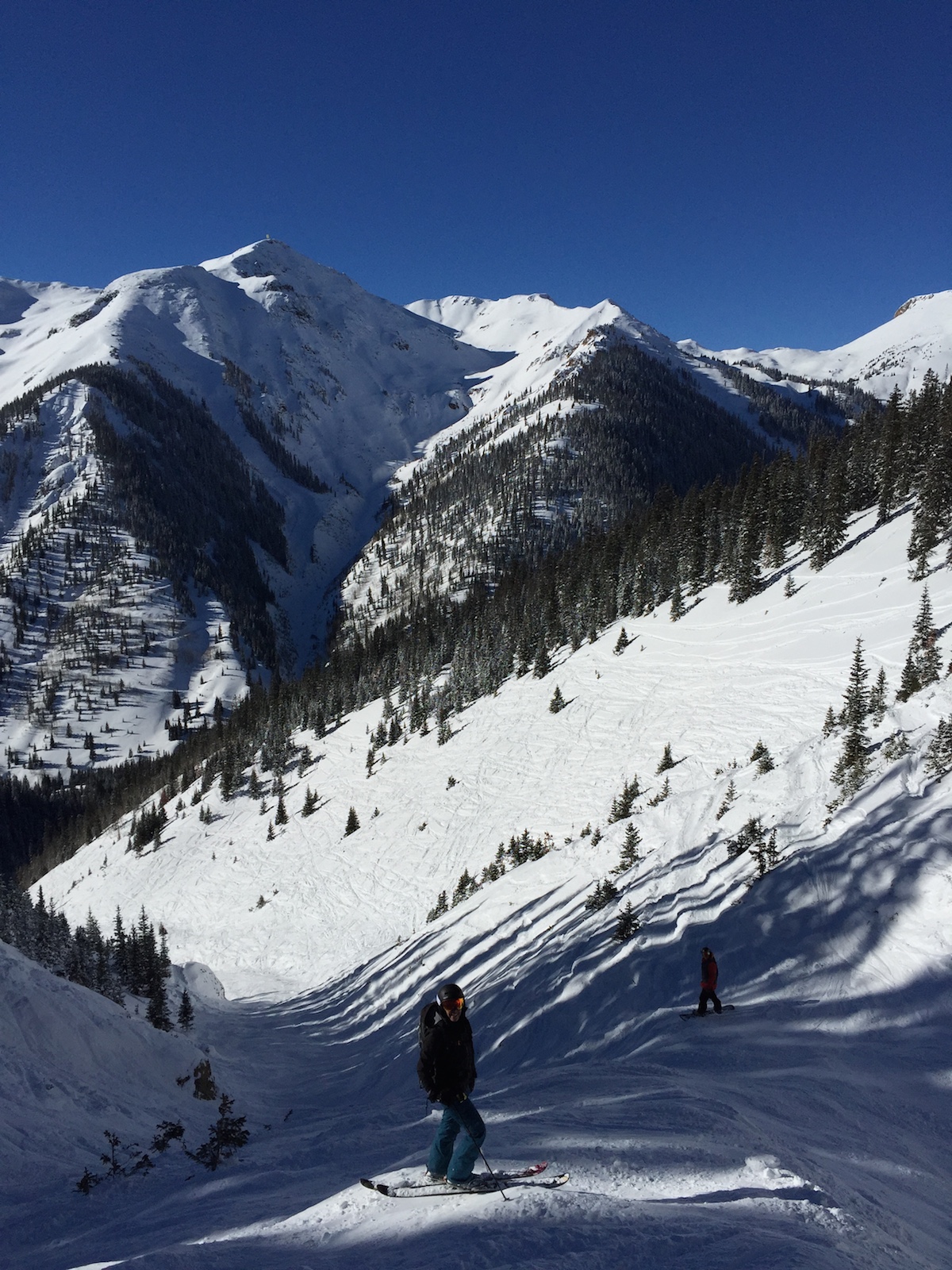
Then on our final bus ride back to the base, I noticed this sticker (among many, many others). I don't show this as a political statement but rather because it illustrated the nature of Silverton's ski culture. There were a few other stickers that were even more amusing (and not appropriate to post).
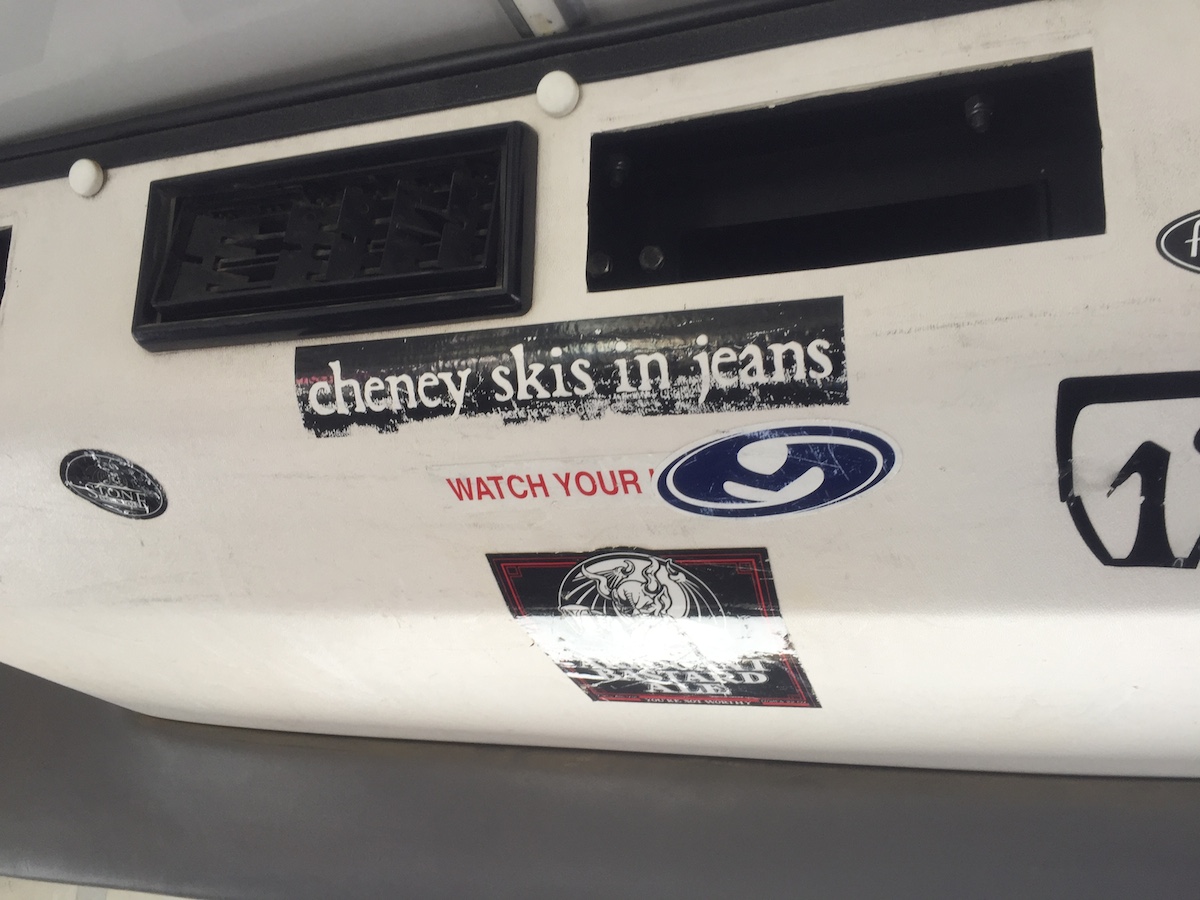
And of course, a good ski day usually ends at a bar. We headed to Montanya, a rum distillery right in the middle of downtown Silverton.
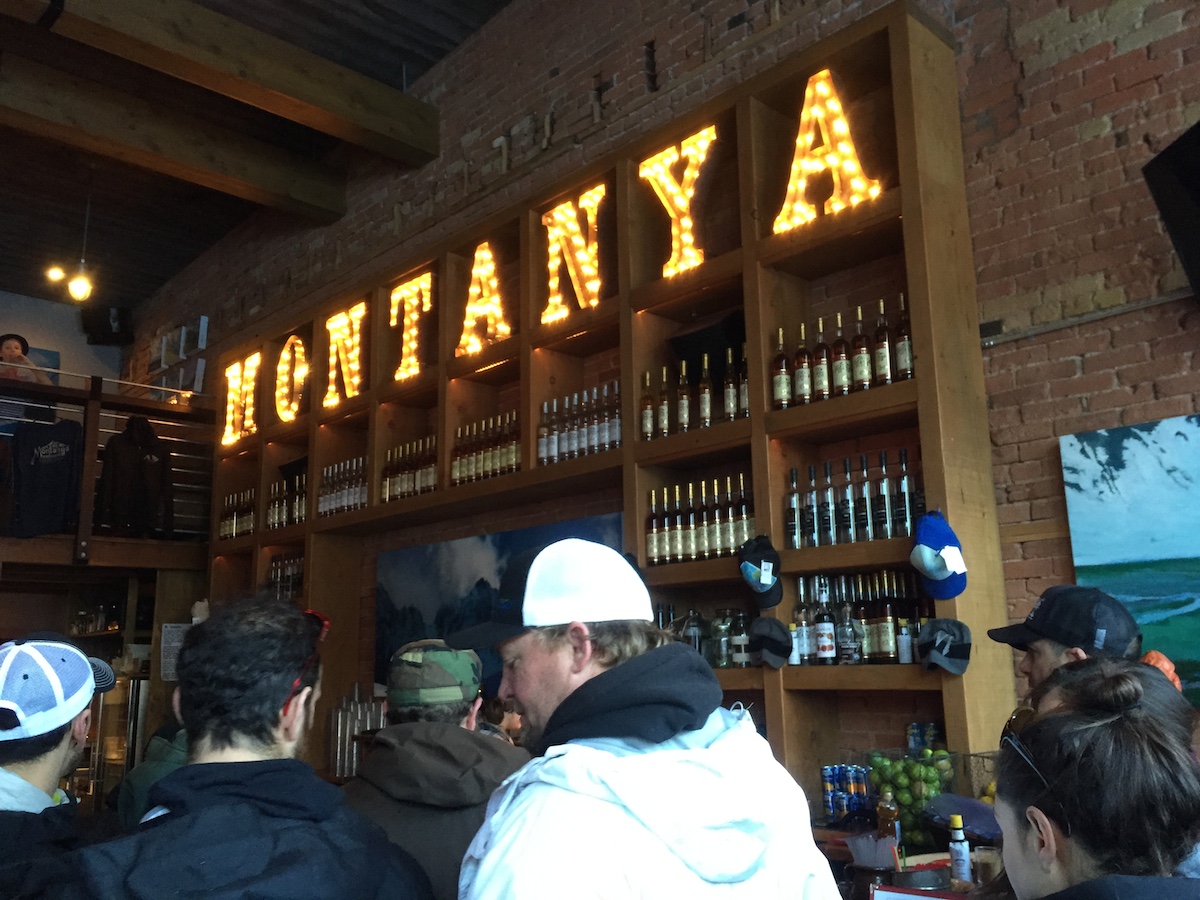
And that's the scoop.
If you're a good skier that is looking for a new adventure, throw Silverton on your bucket list. Just like any other mountain, there is no guarantee of deep, fresh powder, but it's an awesome experience none-the-less, and during guided days, I bet the guides work pretty hard to find you the best lines on the hill.
The only negative for me was the tightness of many of the tree lines (I enjoy more open, flowy terrain and less negotiating obstacles).
But to each their own!
JOEL GRATZ
About The Author




